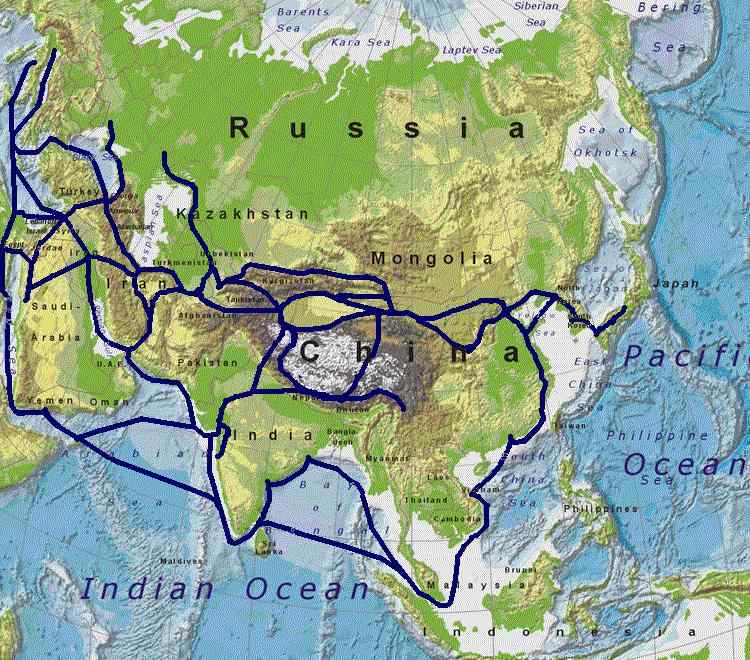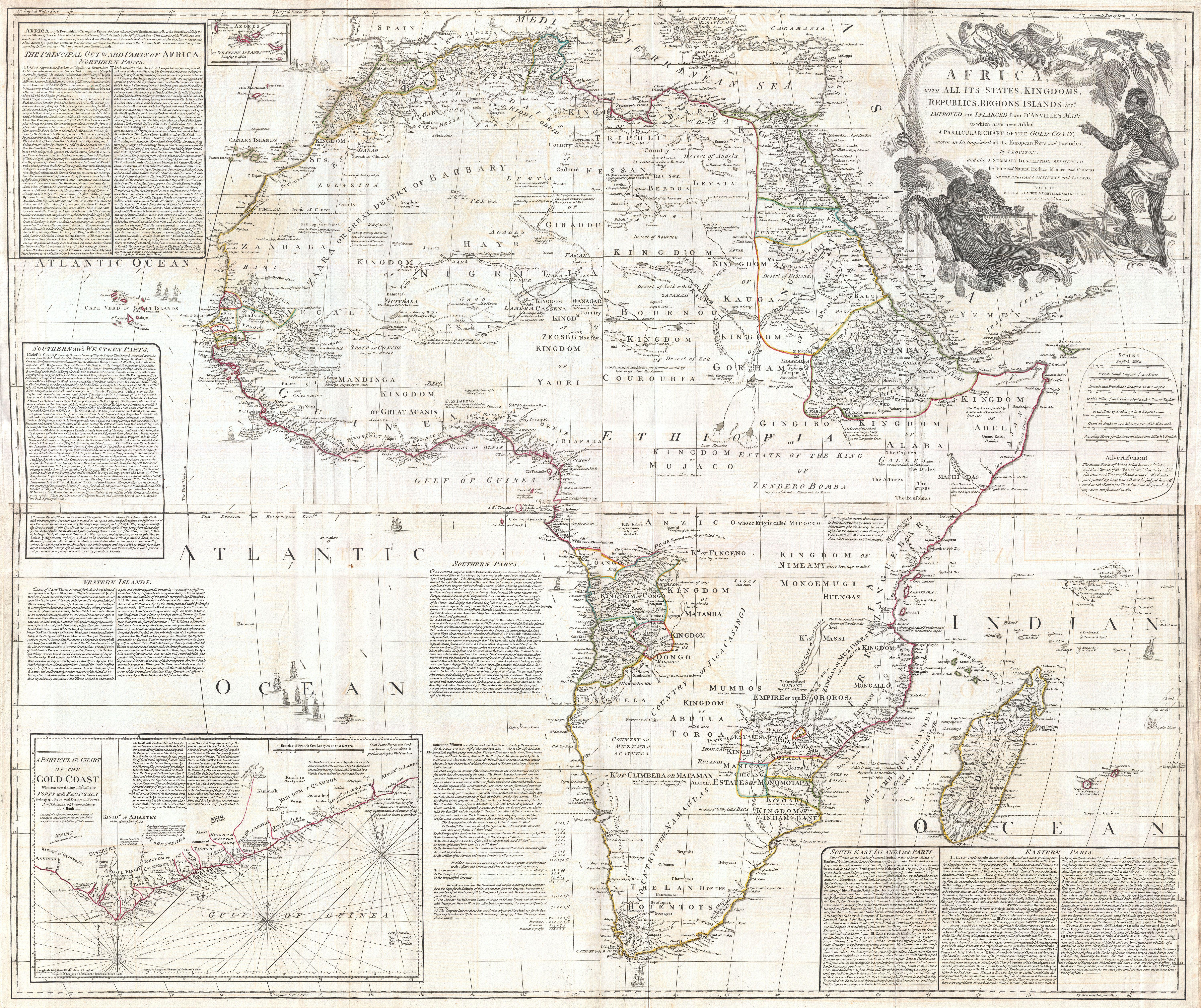The Silk Road: How the Ancient World's Trade Network Shaped Global History
Unveiling the Silk Road's Enduring Legacy: A Deep Dive into its Historical and Geographical Impact

Step back in time: and explore the incredible journey of the Silk Road, more accurately referred to as the Silk Routes. This wasn't just a simple path; it was a vast and intricate network of ancient trade routes that seamlessly connected the East and West for centuries. Far beyond mere commerce, the Silk Road served as a vital conduit for the exchange of essential goods, groundbreaking ideas, diverse religions, and revolutionary technologies, profoundly shaping the societies and cultures spanning its immense geographical reach. Its lasting impact on global history and geography is still remarkably significant today.
Origins and Development of the Ancient Silk Road

While the familiar term "Silk Road": was first introduced in the 19th century by German geographer Ferdinand von Richthofen, the expansive trade networks themselves had flourished for centuries prior. The true origins and development of these crucial routes can be traced back to China's Han Dynasty (206 BCE – 220 CE), an era that saw significant efforts to establish robust trade relations with the Western world. The immense demand for exquisite Chinese silk within the Roman Empire became a primary driving force behind much of this early trade, ultimately giving the routes their iconic name. However, these vital paths facilitated the exchange of far more than just silk, including valuable spices, tea, precious metals, jade, unique ceramics, and a diverse array of other manufactured goods.
The Diverse Routes and Challenging Geography of the Silk Road

The Silk Road was never a single, uniform thoroughfare: but rather a vast web of interconnected routes, each traversing incredibly diverse and often challenging terrains. The primary land route embarked from Chang'an (now known as Xi'an) in China, stretching westward through Central Asia. This path wound through crucial oasis cities like Samarkand and Bukhara, braving harsh deserts and towering mountains, before eventually reaching the Middle East and the Mediterranean Sea. A significant southern route gracefully skirted the mighty Tibetan Plateau and passed through northern India, while an equally important network of maritime routes linked China with Southeast Asia, India, and even extended to East Africa. The immense geographical challenges—including vast deserts, formidable mountain ranges, and immense distances—made travel arduous and perilous, demanding sophisticated navigational skills, deep understanding of weather patterns, and respect for local customs.
The Profound Cultural and Intellectual Exchange on the Silk Road
Beyond the trade of physical goods: the Silk Road truly flourished as a major avenue for deep cultural and intellectual exchange. This ancient network facilitated the eastward spread of Buddhism from India to China and beyond, profoundly influencing the religious and philosophical landscapes across East Asia. Conversely, ingenious Chinese inventions such as paper, gunpowder, and the compass traveled westward along these very routes, sparking revolutions within European societies. The continuous exchange of innovative ideas, advanced technologies, and diverse artistic styles significantly enriched the many cultures situated along the routes, fostering an unprecedented level of cosmopolitanism and cross-cultural understanding. Furthermore, valuable medical knowledge and agricultural techniques were disseminated, contributing significantly to advancements in various fields across continents.
Decline and Enduring Legacy of the Silk Road

The gradual decline of the ancient Silk Road: began around the 15th century, largely spurred by the rapid emergence of more efficient maritime trade routes and the subsequent establishment of powerful European colonial empires. Sea routes offered significantly faster and more cost-effective transportation for goods, naturally diminishing the prominence and importance of the overland Silk Road. Political instability and the fragmentation of various empires along its extensive routes also played a role in its eventual decline.
Despite its historical decline: the Silk Road's legacy remains incredibly profound and continues to shape our world. It fostered unparalleled understanding and connection between the East and West, facilitated the invaluable exchange of knowledge and technologies, and contributed immensely to the development of countless vibrant cultures. In recent years, there has been a significant resurgence of interest in the Silk Road, notably exemplified by China's ambitious "Belt and Road Initiative," which aims to revive and strengthen trade and infrastructure links along these very ancient routes. This modern endeavor powerfully underscores the enduring significance of this historical network in the 21st century. Comprehending the intricate history of the Silk Road provides invaluable insights into the inherent interconnectedness of human civilization and the lasting impact that trade and cultural exchange have had on shaping the world we inhabit today.
